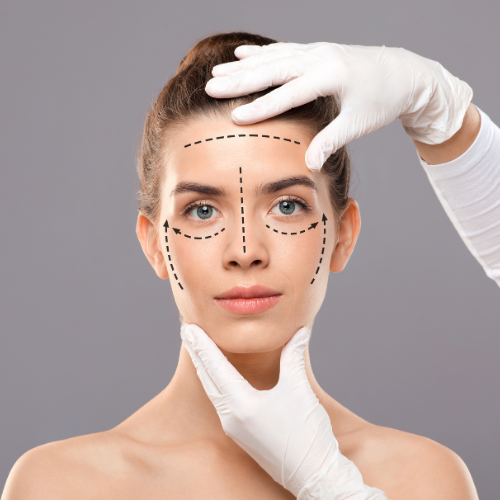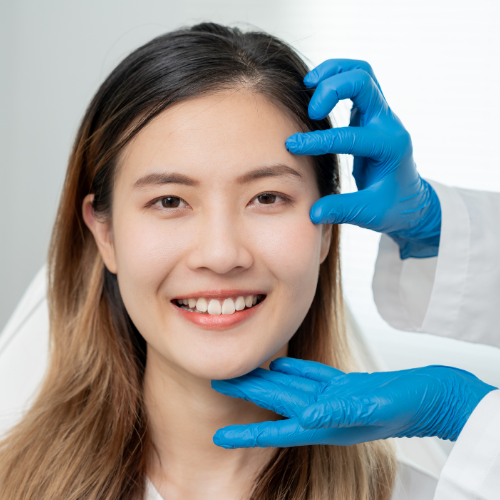Prominent Ear Aesthetics

What is Prominent Ear Aesthetics?
Prominent Ear Aesthetics, also known as otoplasty, is a cosmetic surgical procedure designed to address ear deformities and correct ears that protrude noticeably from the head. This procedure aims to improve the appearance and symmetry of the ears, enhancing overall facial harmony. Prominent Ear Aesthetics can be performed on both children and adults and is often sought to boost self-confidence and reduce self-consciousness about ear shape or position.
What are the Prominent Ear Aesthetics Surgery Techniques?
Prominent Ear Aesthetics surgery techniques may include:
Cartilage Reshaping: This involves sculpting and reshaping the ear’s cartilage to reduce protrusion and achieve a more natural contour.
Ear Pinning: The surgeon repositions the ears closer to the head, securing them with sutures to maintain the desired shape.
Earlobe Reduction: In cases of prominent earlobes, excess tissue may be removed to create a balanced appearance.
What is the Pre-Operative Process for Prominent Ear Aesthetics?
Preparing for Prominent Ear Aesthetics involves several key steps:
Consultation: Patients consult with a board-certified plastic surgeon to discuss goals, assess ear concerns, and develop a personalized treatment plan.
Medical Evaluation: A comprehensive medical history and physical examination are conducted to ensure the patient’s suitability for surgery.
Surgical Plan: The surgeon outlines the specific surgical approach, discusses expected outcomes, and addresses any questions or concerns.
Preoperative Instructions: Patients receive instructions on medication, alcohol, smoking cessation, and dietary restrictions leading up to the procedure.
Informed Consent: Patients review and sign informed consent forms, acknowledging their understanding of the procedure’s risks and benefits.
What is the Post-Operative Process for Prominent Ear Aesthetics?
Following Prominent Ear Aesthetics, patients can expect the following:
Immediate Recovery: Patients spend time in a recovery area for monitoring and pain management.
Swelling and Bruising: Swelling and bruising are common initially but gradually subside.
Diet and Medication: A soft diet and prescribed medications help with comfort and healing.
Follow-Up Appointments: Multiple follow-up appointments with the surgeon monitor progress and address any concerns.
Resuming Normal Activities: Patients can gradually resume normal activities as advised by the surgeon, with complete recovery taking time.





